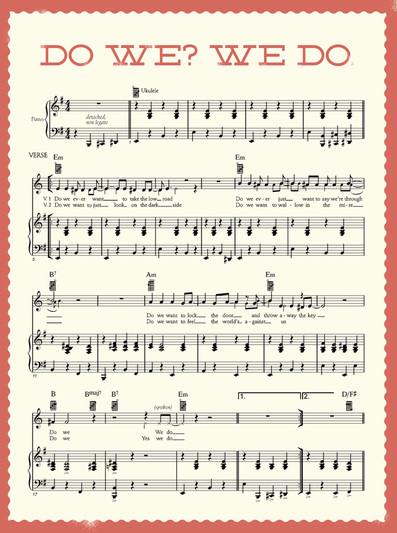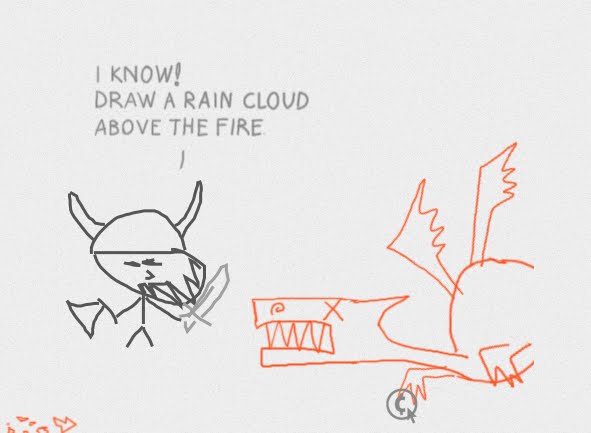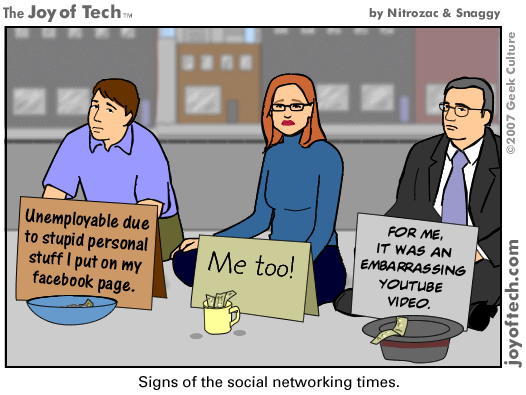Lifehack.org had this great chart for communicating with people – and the best way to do it. 
Sadly, it didn’t deal with social networks and what the appropriate vehicle is for meeting your communications goals.
One of the common themes pursued by parents in this whole debate is that they feel the need to vent, the need to celebrate their experiences and a forum for support.
Someone needs to do up a similar flow chart for how, when, and where, you should communicate this sort of stuff and meet these important needs.
So, in order to extracate myself from a sticky situation where I offended mothers and questioned their self worth, I will give you my following solutions to this problem that will hopefully offer a middle ground…
Here are my professional (possibly not expert) opinions of the appropriate contexts for discussions – and I’ll use parenting as an example because it’s timely. And if I don’t you’ll suspect I’m talking about it anyway.
Twitter
Twitter is a microblogging service and has evolved as a source of "as it happens" information about major events. You may have heard of it. The mainstream media is flogging it hoping it’ll become a dead horse – because they’re worried about its potential to take the place of newspapers.
It’s strength is that it’s real time – and you can follow just about anybody. It’s much less private than Facebook. It’s also designed to be updated much more frequently than Facebook statuses appear to be. I suggest that parents wanting quick feedback on decisions, or wanting to brag about their offspring’s achievements should do so via Twitter.
Flickr/Picasa
If you want to share photos – and you want to control exactly who gets to them – the best way to do that is using a dedicated photography site. You’ve got more control and better default privacy settings. You can then invite specific people to have a look at your family photos rather than sharing them with your colleagues, school friends and the rest of the world who you might have "friended" elsewhere.
A lot of parents I know are protective of their childrens privacy – and I think this is a good thing. Heaven forbid your child grow up having some parental musing as their top search result on google.
YouTube
YouTube has the same benefits as the photo sharing services – you can share your videos with close friends or the world – and spare acquaintences from the pain and suffering that comes from curious voyeurism. That’s what most people use Facebook for. To spy. I’ll watch your videos and look at your photos just because I want to know more than I should about you, advertisers will do it so they can figure out what best to sell you, other people will do it for more nefarious purposes.
Bookmarks
There are heaps of bookmarking sites out there that let you share bookmarks with relevant keywords – you can also look up what other people have tagged using those words. And save interesting articles to share with your friends.
I’m sure there are plenty of great parenting resources out there and if you want to share tips and tricks, and expert opinions this is a good way to do it. That way I (a non parent) don’t have to be notified by you every time you find an article you’d like to share with half of your friends.
Blogging
Communication works best when it’s "opt in" or permission driven. If you want people to listen to what you have to say, don’t do it to a captive audience, build an audience by being useful and informative.
I may be your friend on Facebook because I want to occasionally invite you to social functions – and lets face it, parents complain about being out of the social loop, I may be your friend because we are part of the same organisation… generally your Facebook friends aren’t only your closest friends. So don’t treat them like they are.
I might be biased – but I think the best forum for sharing your opinion in an opt in manner is on a blog. People have to make a decision to visit it, to come back, or to subscribe. It’s easier not to go back to an annoying blog than it is to unfriend someone you know but don’t want to hear from. And much less socially perilous.
Forums and user groups
If you’re looking for support with specific problems related to parenting why not join a forum. Forums are great. They’re the best way to get assistance from the "hive mind". They’re completely opt in. They’re a community. And there are forums for just about everything – and if you can’t find one they’re pretty easy to start.
You can also share all your milestones with people who will share your joy.
Email
Most of the reasons people give for sharing stuff on Facebook (relatively public) could be done via a targeted group email (relatively private). If you’re friends with someone on Facebook you have their email address. Be polite. Email the people you want to share your information with.
Facebook
I’ve left Facebook to last (and MySpace off the list entirely) because I think it dabbles too much in the areas better covered by tools specifically designed for specific purposes. Unless you want to set up privacy settings and sharing settings you’re broadcasting everything to either your entire friends list (or the world) and relying on them to filter it.
Facebook is widely abused. Some people should have lisences revoked for anti-social behaviour.
Having said that, Every one of these previously mentioned tools can be achieved using Facebook – it’s powerful. It’s a great platform for sharing photos, video, bookmarks, and opinions, and for conducting forums, advertising events and soliciting feedback and advice. It’s also a pretty functional email platform.
But with great power comes great responsibility. If you’re going to use it for all of these purposes – Be a good citizen of the online world. Use it appropriately.
- Protect your photos.
- Set up groups for discussions about parenting where you can overshare to your heart’s content.
- Set up events and invite only the people you’d like to attend.
- Don’t spam people with needless applications.
- Don’t have private conversations on people’s walls.
- Use the "email" capacity of Facebook to keep things private.
- Don’t send unsolicited promotional stuff to people about your courses and stuff.
- By all means use your status to invite people to peruse your blog, your business website, your business Facebook page, etc, but do so sparingly. Once every ten minutes is too much.
If you’re aiming to be a functional participant in the web 2.0 world you need to remember the golden rule of opt in. Don’t make everybody suffer through every piece of information you feel like sharing – if they like you enough they’ll do that. Give them the option – don’t force feed them. It’s just basic manners.












